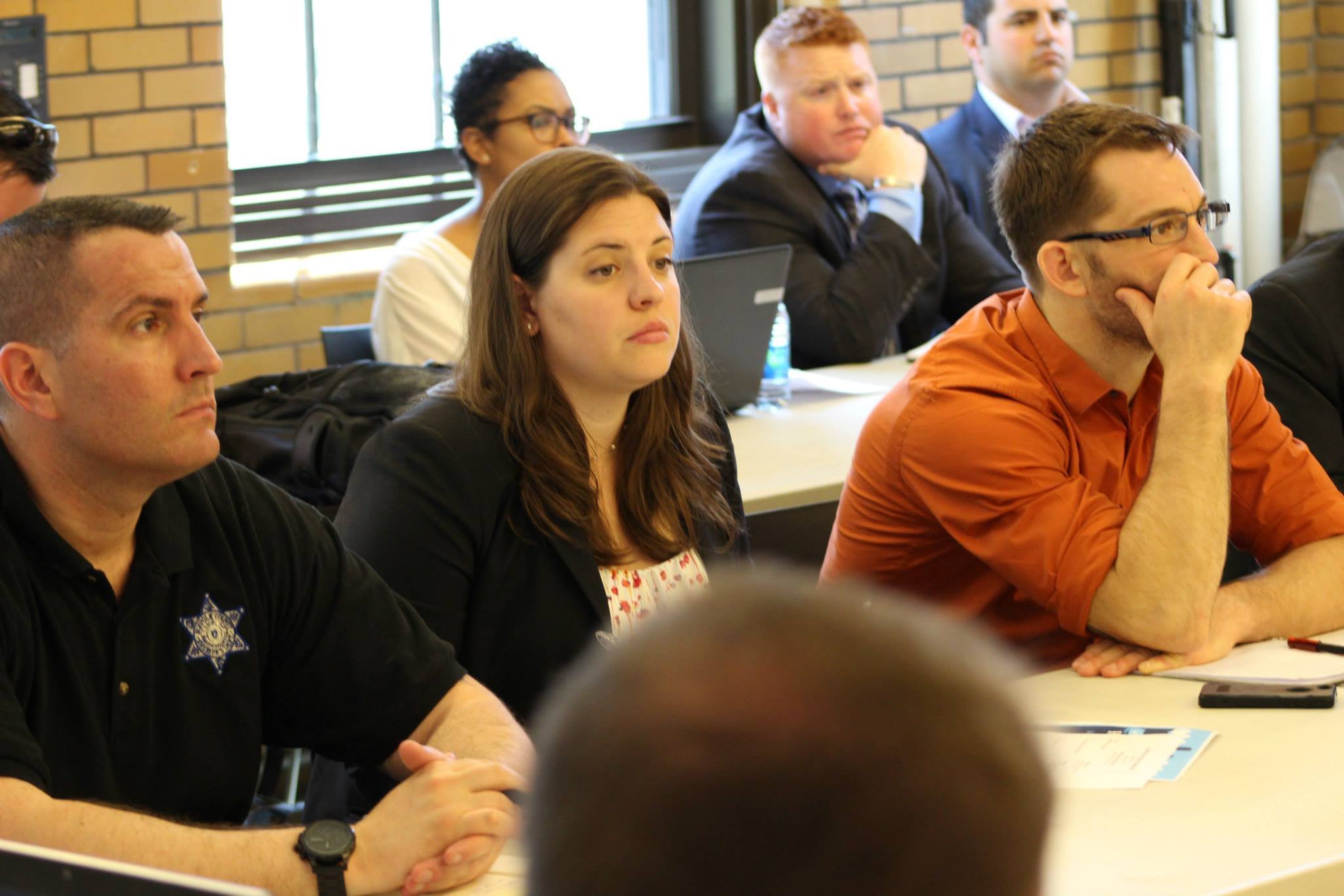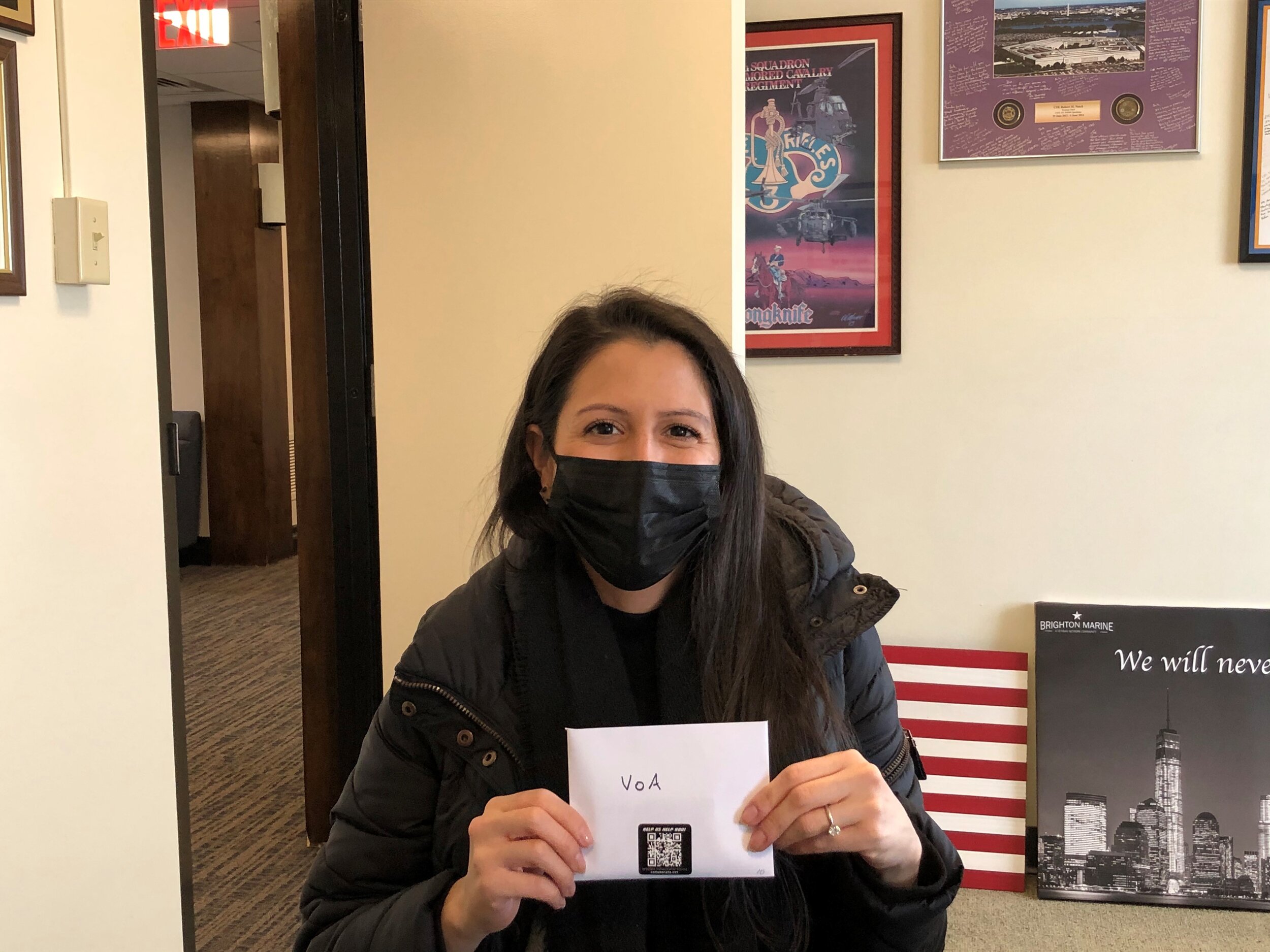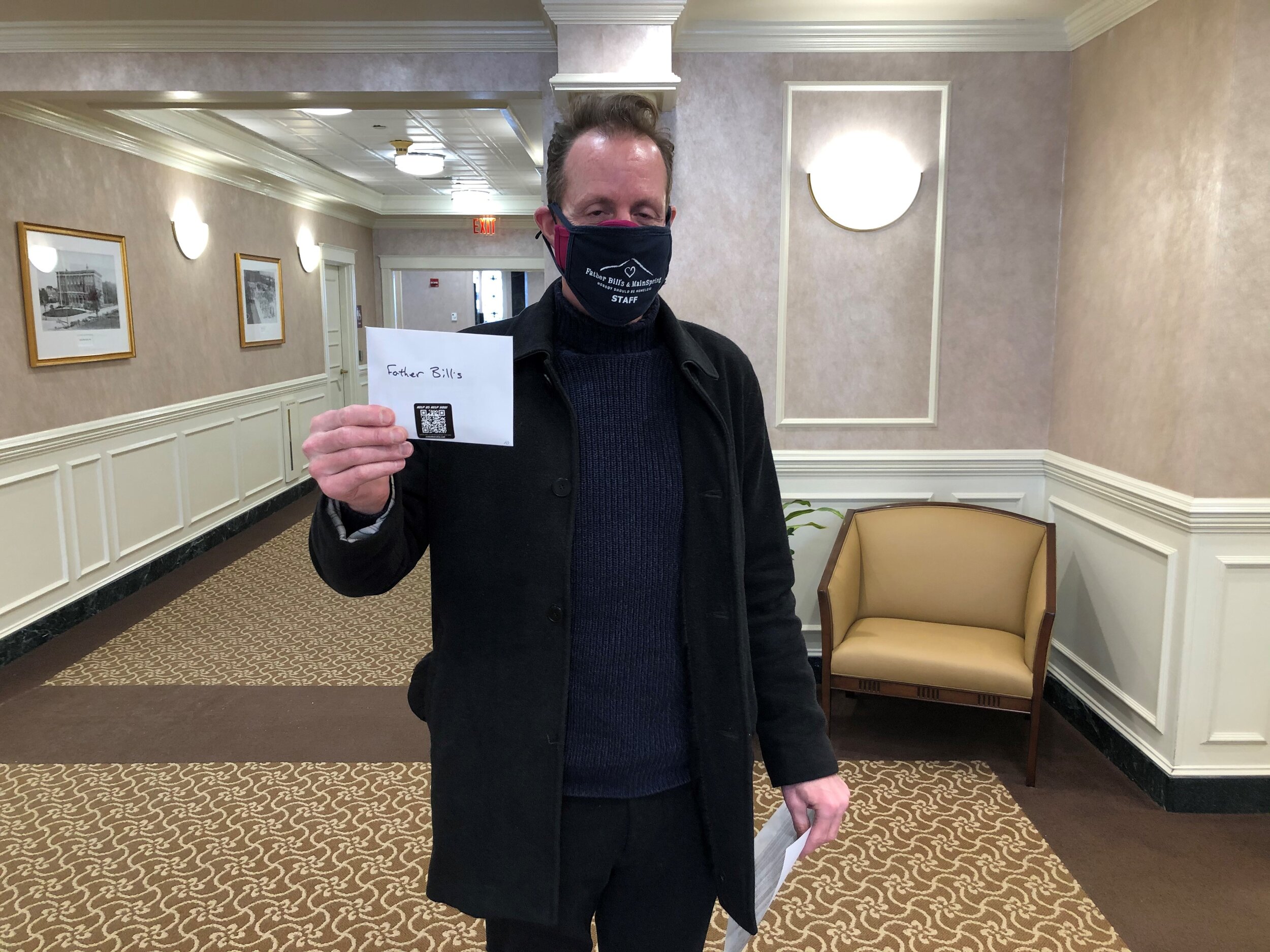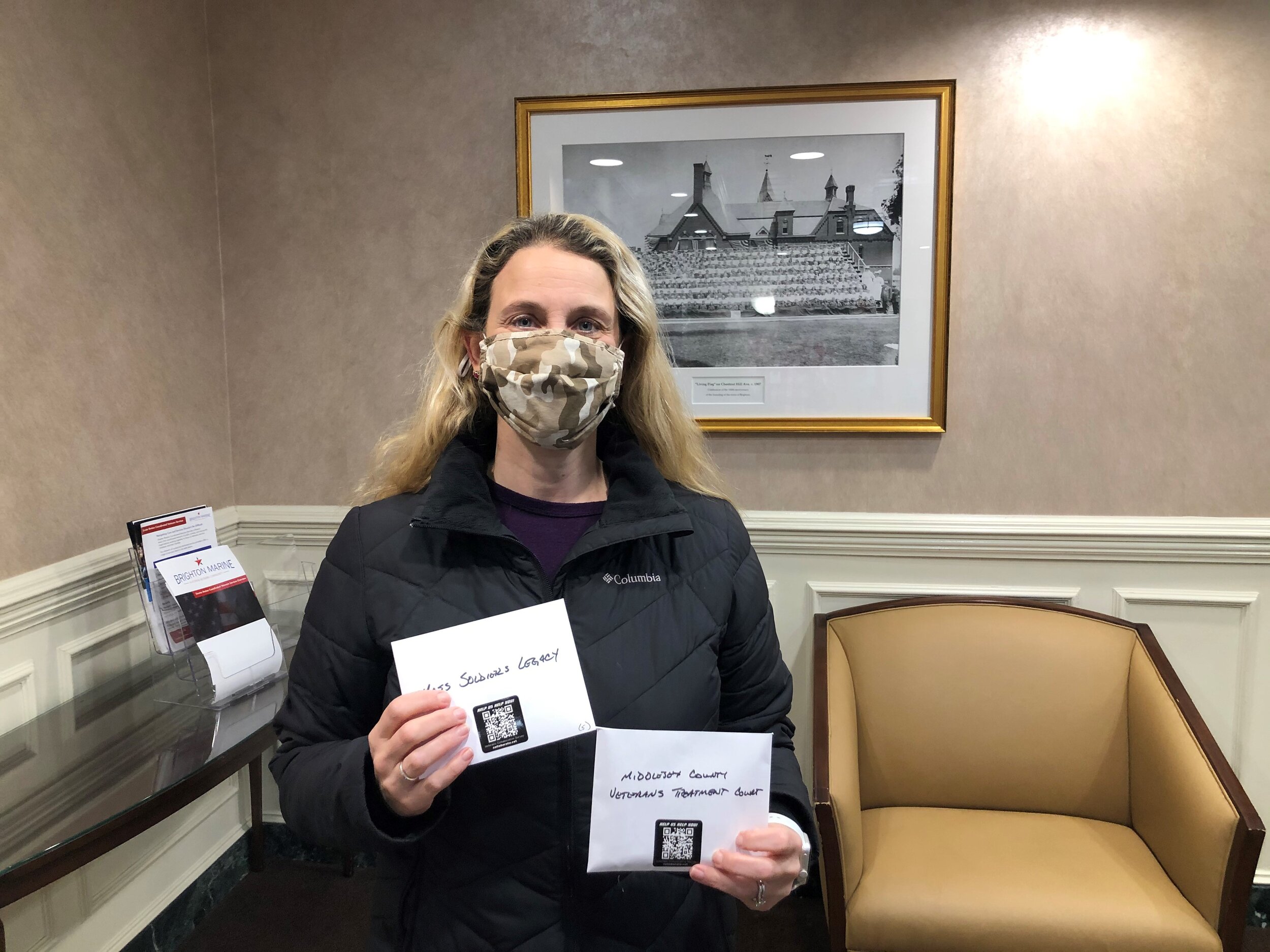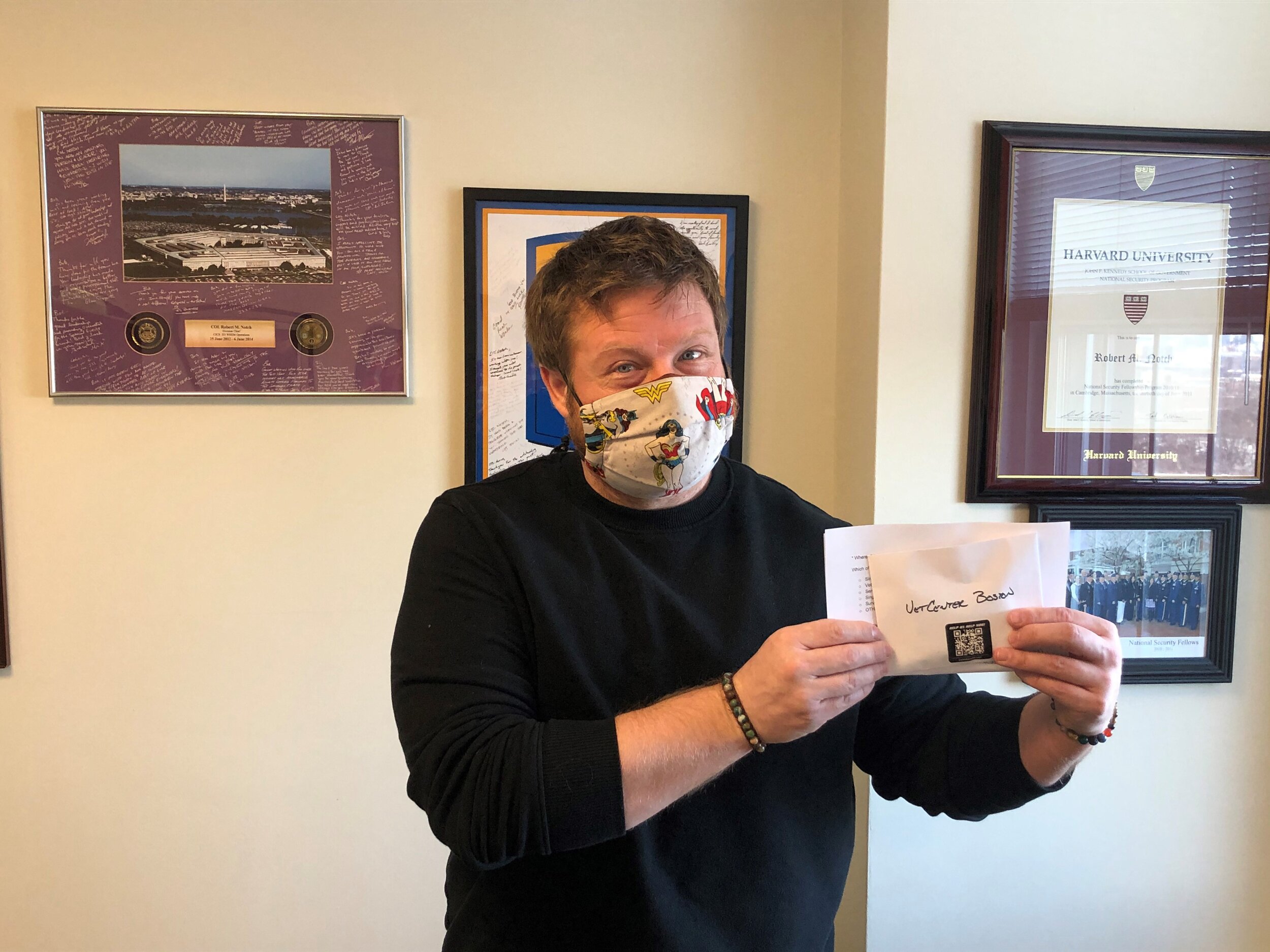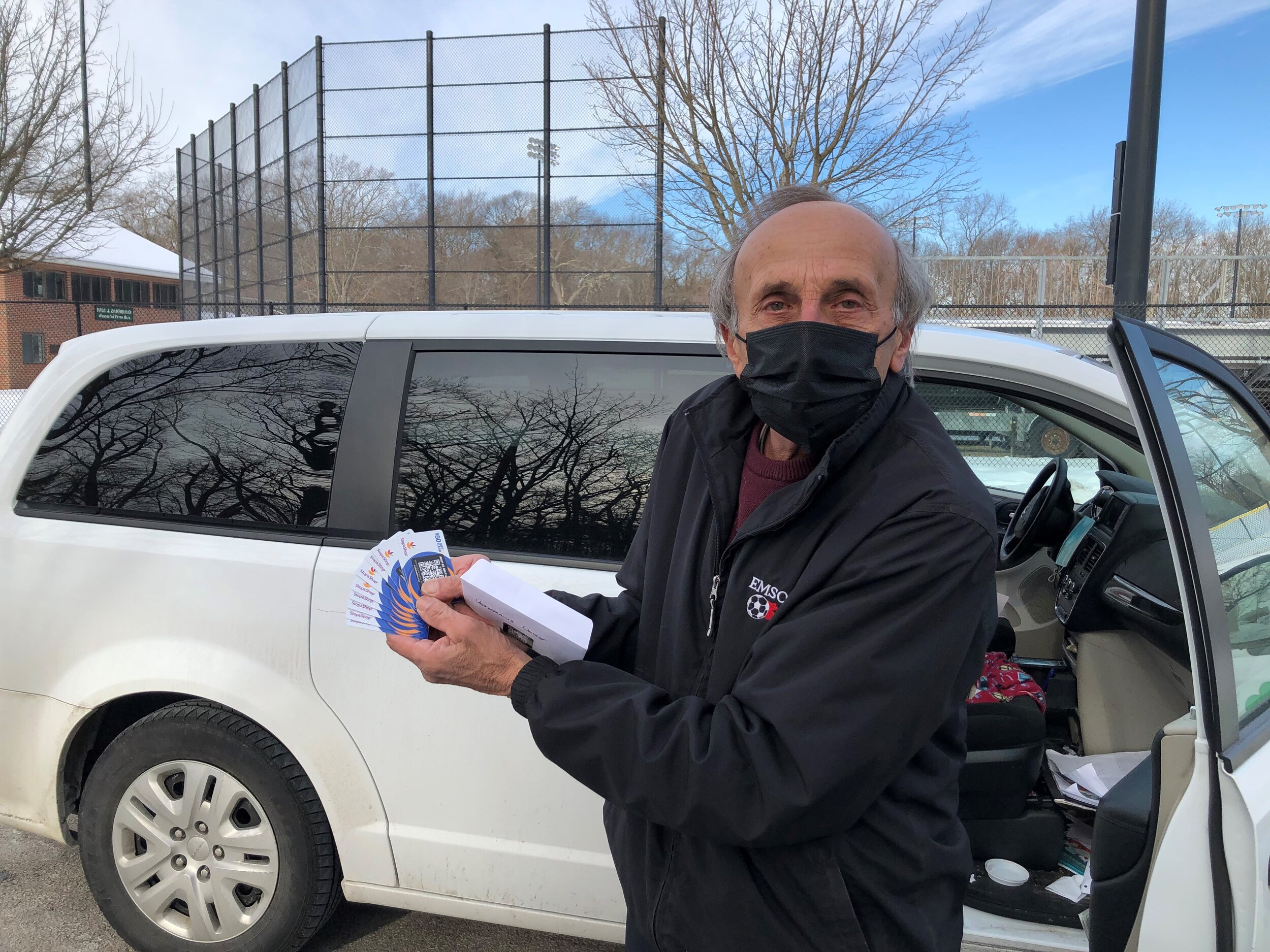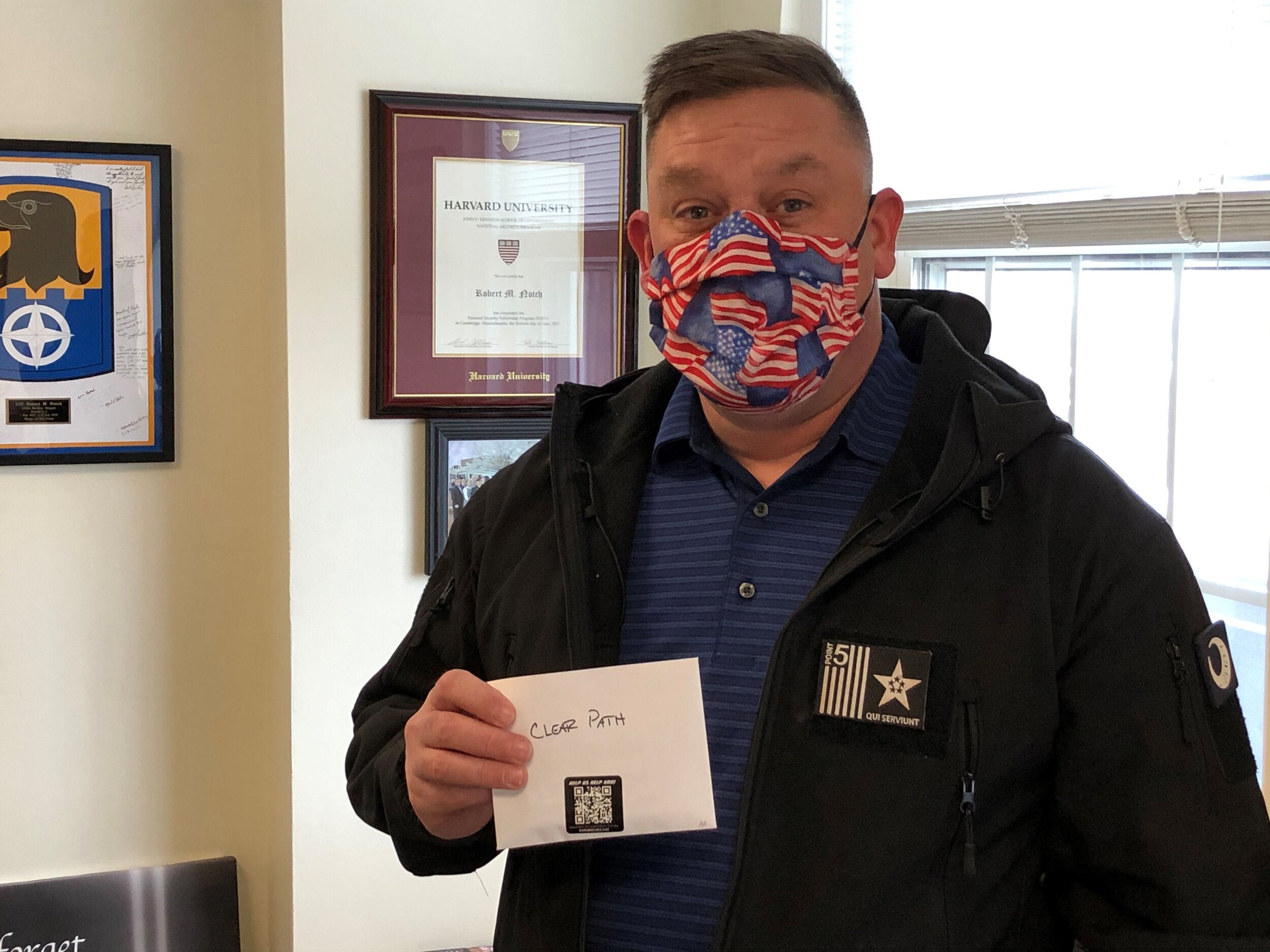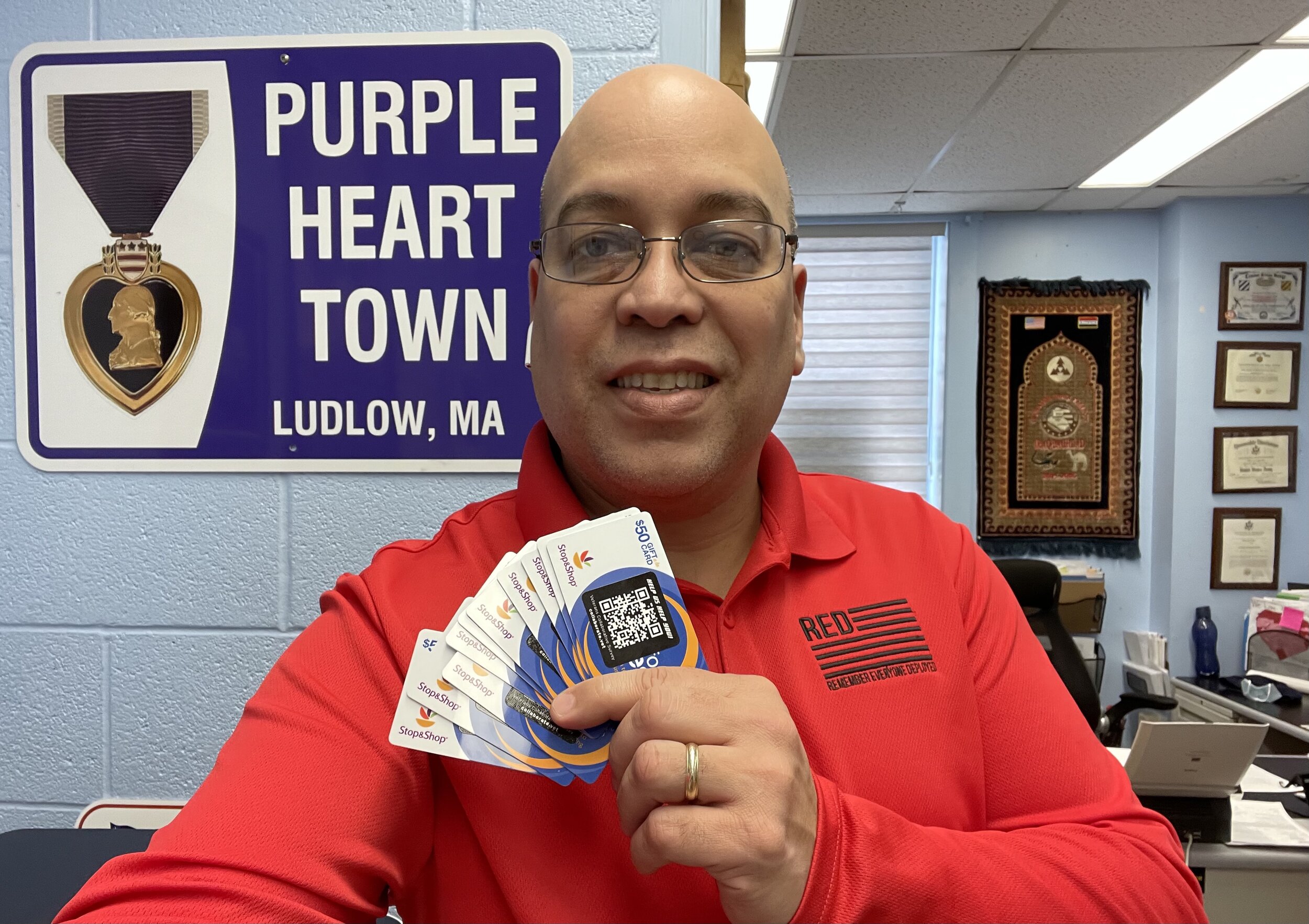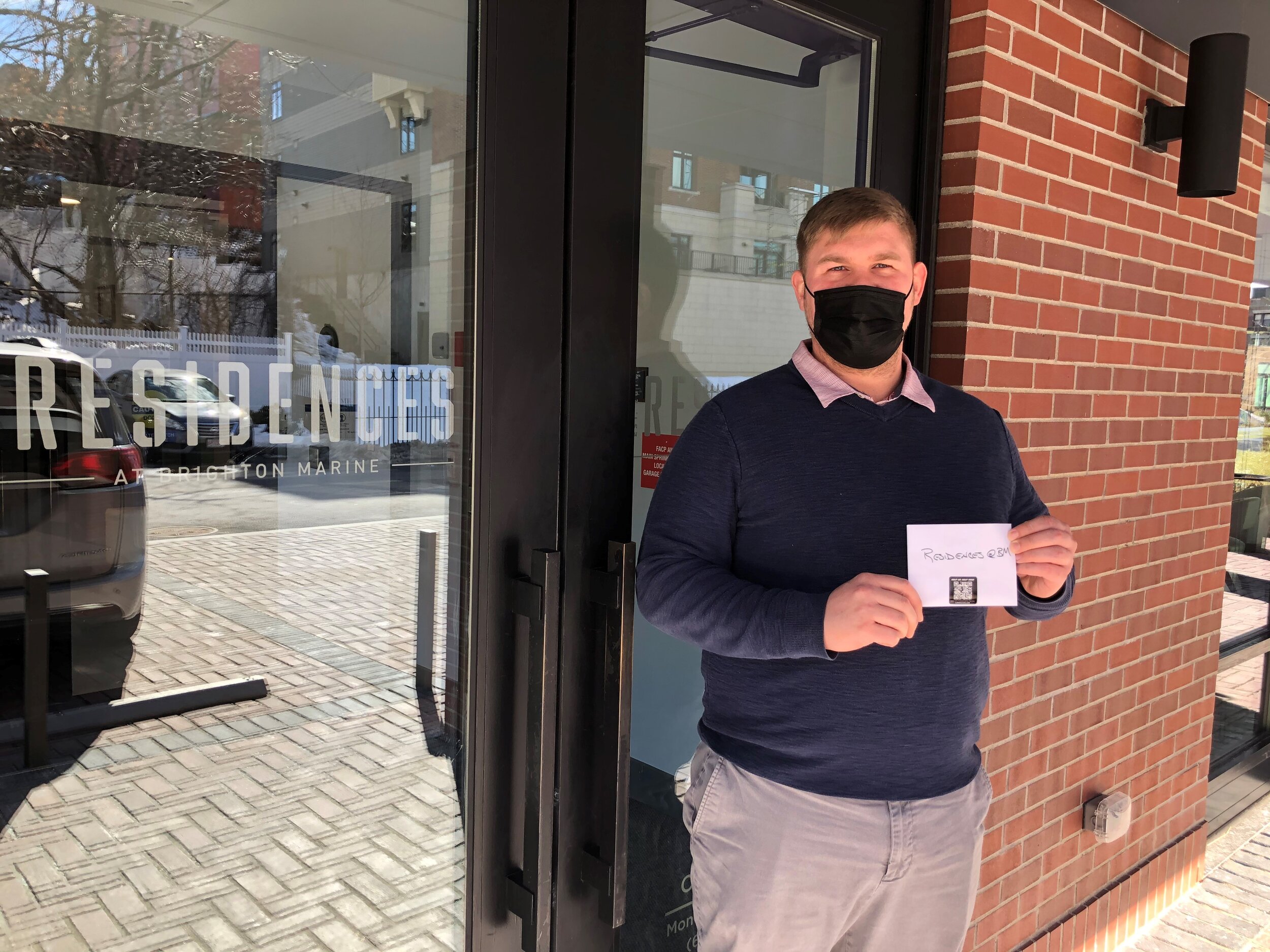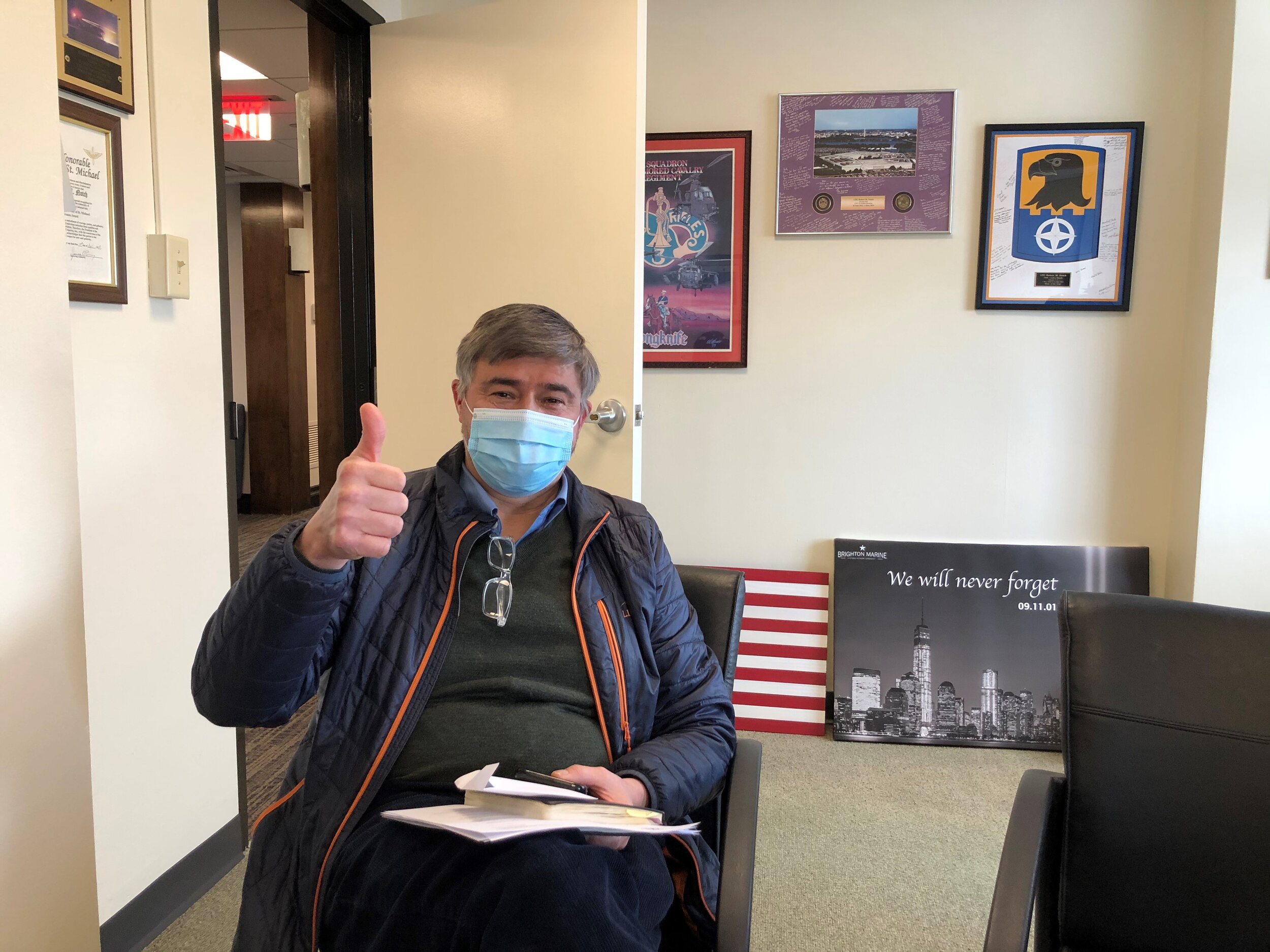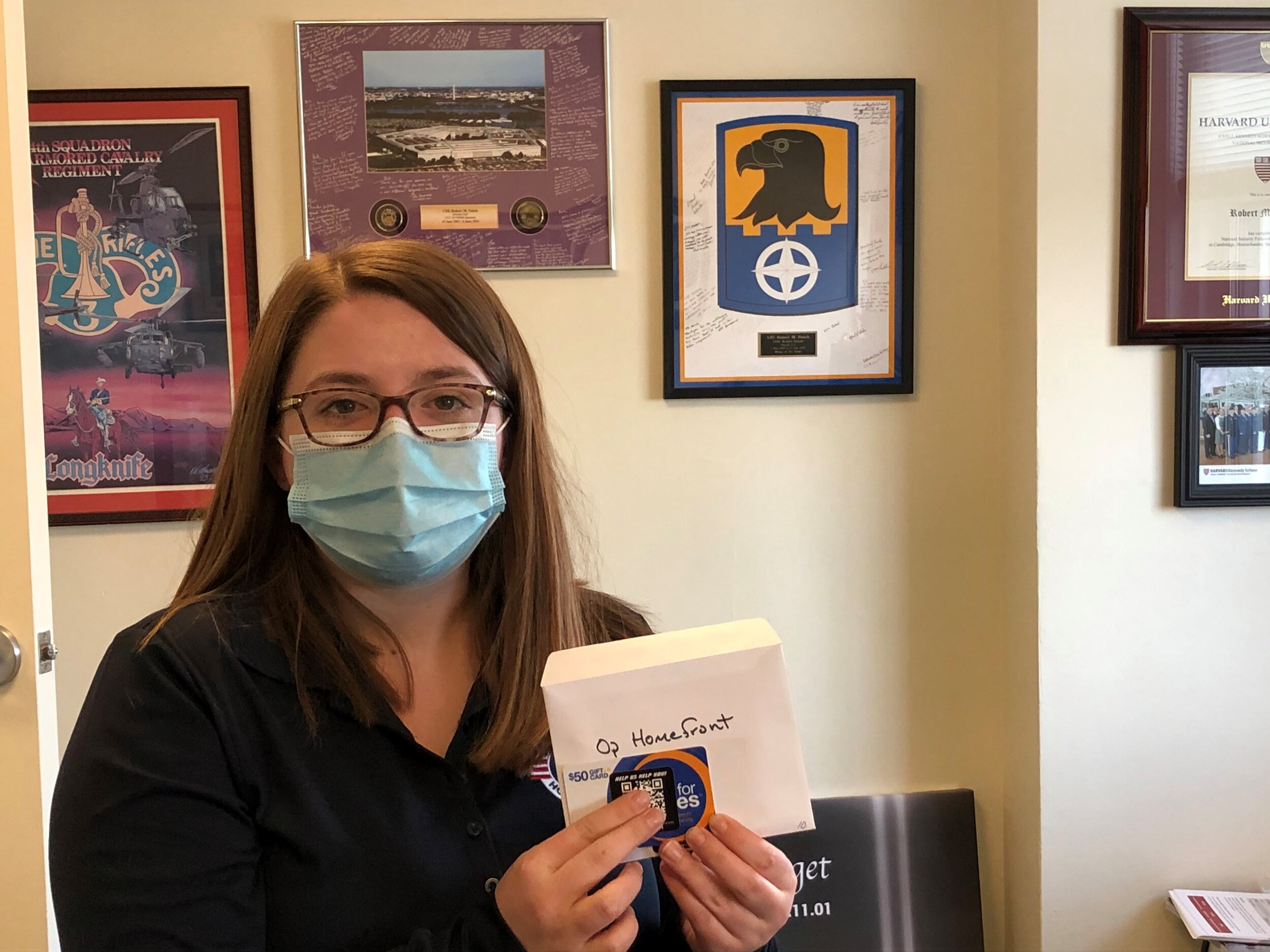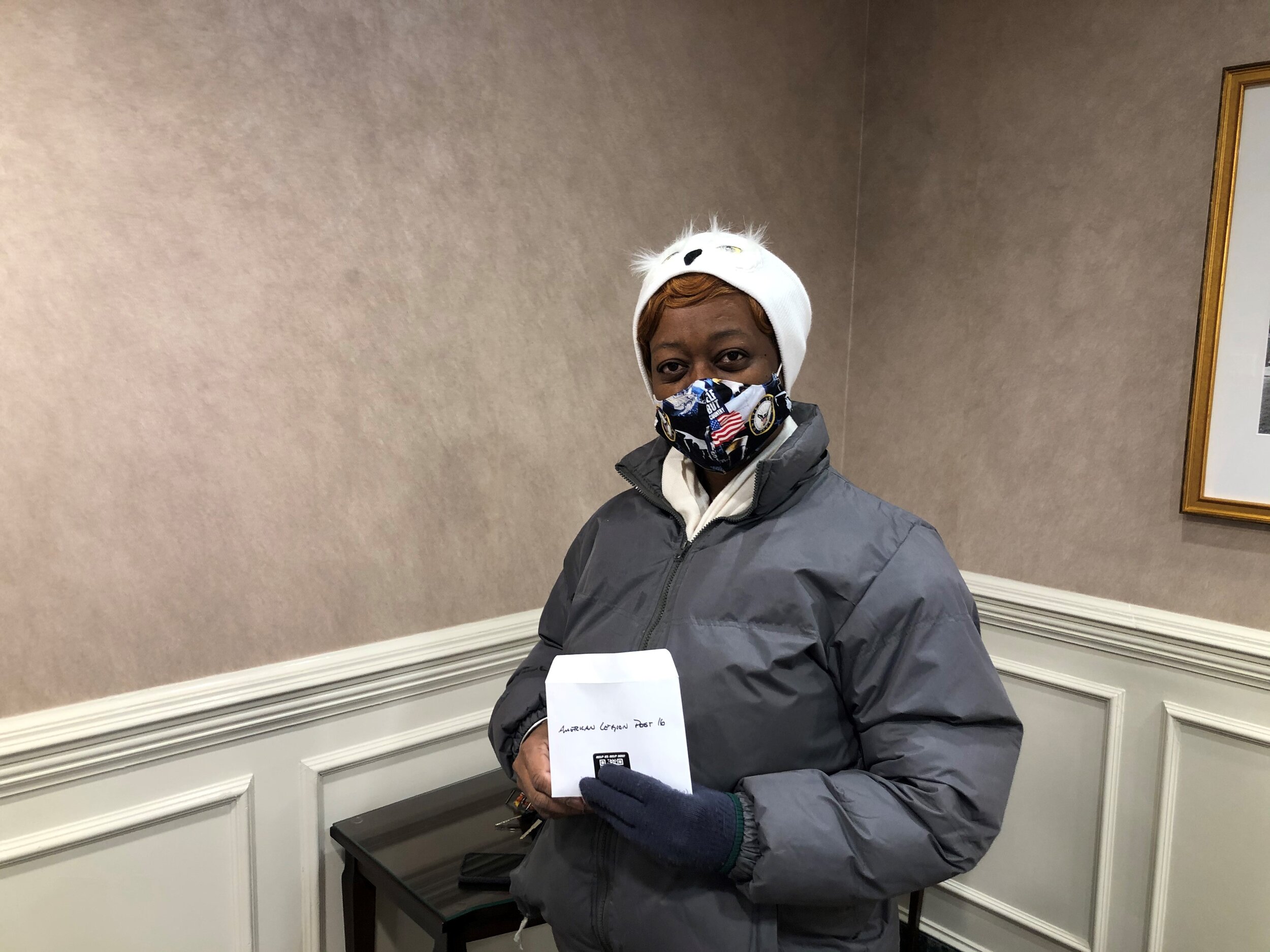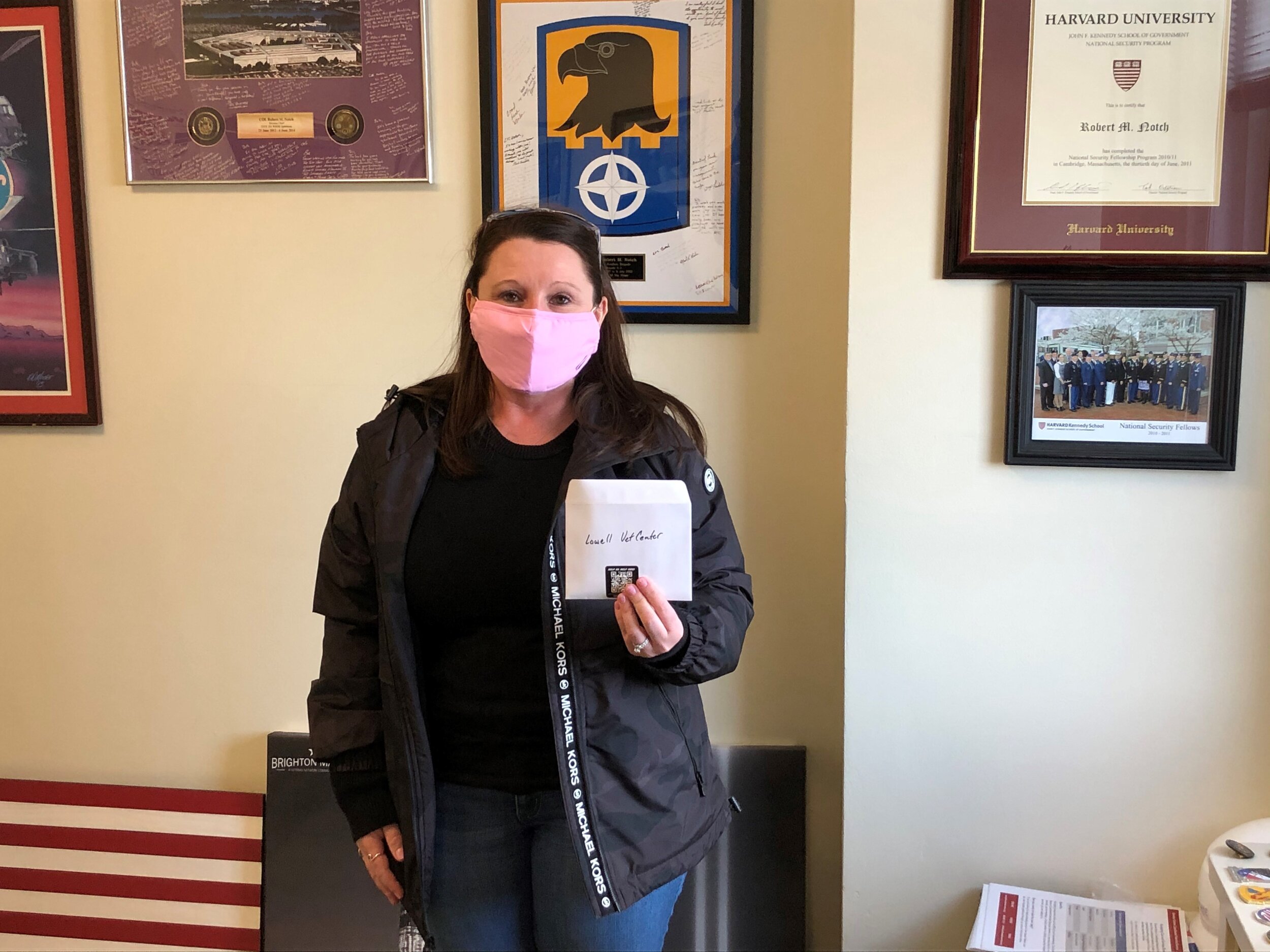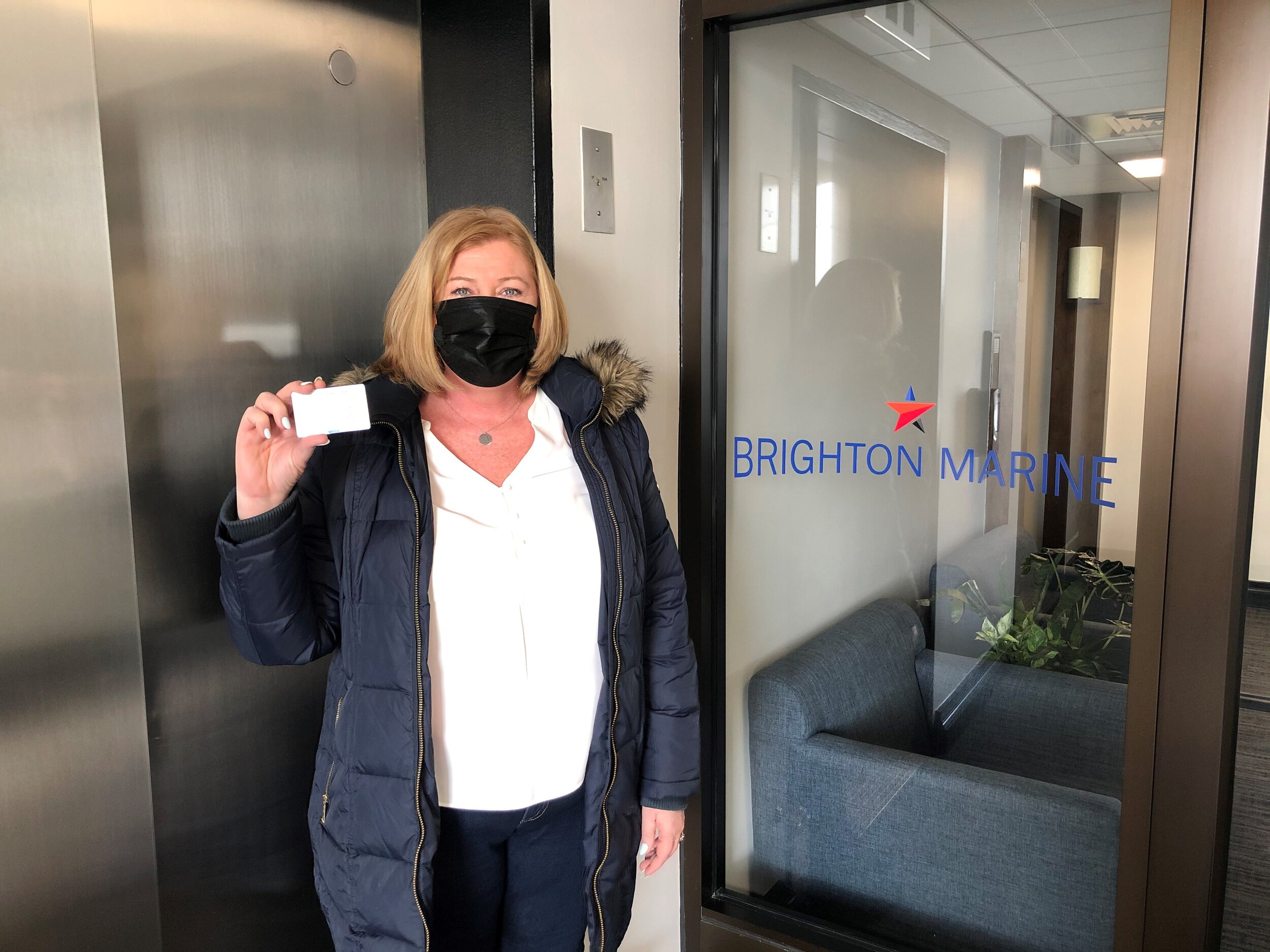Mission & Vision
We are committed to encouraging community, building strategic coalition, and fostering a data-driven understanding of the needs of the military and veteran community in Massachusetts. Our vision is for service members, veterans, and their families, caregivers, and survivors to be served by a connected and supportive network of organizations working together to enrich their lives.
Guiding Principles
We identify challenges affecting the military and veteran community.
We brainstorm solutions to alleviate these issues.
We develop a culture of continuous improvement and learning.
We leverage and build on existing resources.
We work to align organizations to allow for maximum impact.
We foster sustainable, mutually beneficial collaboration.
THE PROMPT
In July 2014, dozens of area veterans and veterans service providers gathered in Boston where Iraq and Afghanistan Veterans of America released the disturbing results of their 2014 Member Survey. “The crisis of suicide” was identified as the top concern of the roughly 2,000 members who completed the survey.
“Today the stories confided through this survey have motivated our urgent call for a nationwide effort to combat suicide. Forty percent of our members have known at least one Iraq or Afghanistan veteran who has died by suicide, and 31 percent have thought about taking their own life since joining the military.” –– Paul Reickhoff, IAVA Founder
A group of veterans began working with various organizations and the City of Boston’s Office of Veteran Services to convene a summit bringing together service providers from organizations across various sectors. This ambitious group set goals to assess the field, identify strengths/gaps in services, encourage greater collaboration, and build a coalition of organizations working proactively together to improve on and leverage available services and support to reach those who are seeking it.
In advance of the kickoff, organizers developed a survey for participants to identify common ground and interests across organizations, and to identify the primary focus areas, skills, and needs of each organization. They developed a list of local stakeholders, looking at service providers, veterans organizations, universities, agencies, and others to plan for the first summit in January 2015.
A series of timely white papers outlining the critical importance of coordinated efforts in the veterans space informed our approach and process. During the summit, it became clear more opportunities to connect around a range of issues were desperately needed to identify challenges, brainstorm together, and learn about each other’s work and how to make direct referrals to the various programs.
-
In October 2014, the Office of the Chairman of the Joint Chiefs of Staff published After the Sea of Goodwill: A Collective Approach to Veteran Reintegration echoing the need to create a “no-wrong-door” capacity allowing veterans and families to effectively reintegrate––empowering providers to conduct “warm-handovers” to other organizations (rather than simply handing a veteran a phone number or URL)––and calling for the creation of a national structure “characterized by functional cooperation, cross-sector collaboration, and an integrated network.”
Well After Service: Veteran Reintegration & American Communities, published by CNAS, articulated a model for how public, private, and nonprofit organizations could align with a comprehensive, holistic vision of wellness through community activity, describing the benefits of offering the opportunity to engage in structured civic service in conjunction with more intensive health interventions and services in order to address core dimensions of well-being involving purpose and social relationships often overlooked by traditional service providers and government agencies.
The Mission Continues: A Case Study of the Well After Service Model was published in November 2014, demonstrating that the system of engagement, referrals, and collaboration connecting veterans with needed resources is the “heart of a community network” because “veterans may initially join a recreational or well-being-focused group of veterans simply for the intrinsic benefit of being part of the group.” This increases their access to other resources they may end up needing in the future.
After a couple of summits, the Greater Boston Veterans Collaborative (GBVC) emerged to meet the ongoing need to create inclusive spaces, increase face-to-face engagement between service providers, and map the landscape.
the process
Over time, different working and affinity groups have coalesced to develop strategies in service of shared goals, developing metrics and data, identifying challenges, sharing best practices, organizing ourselves, periodically surveying participants to form needs analyses to guide the core work, and forming a steering committee to help shape community summits around various topics.
Our Charter was developed early on through consensus. We have a shared understanding of the need to build capacity for a “no wrong door” approach. Our mission, vision, and guiding principles have evolved only to build a bigger tent––moving our focus beyond Boston veterans to improving access and outreach to all service members, veterans, families, caregivers, and survivors in Massachusetts.
Following our 5-Year Anniversary Summit in January 2020, the pandemic emerged along with a consensus among Steering Committee members to incorporate as a 501(c)(3) nonprofit and build our capacity to respond while continuing with the information- and resource-sharing summits we began convening in March 2020. We completed the process to incorporate in June 2020.
Between January 2021 and January 2023, we shared more than $65,000 in grocery store gift cards to fight food insecurity within the military and veteran community. More than 55 organizations mobilized to distribute the $50 grocery store gift cards, impacting over 2,785 service members, veterans, and family members (including 944 under age 18) in households across Massachusetts.
Shifting the conditions that hold the problem in place
Systems are complicated. We remain committed to our mission and vision, focusing on systems change through collective impact. We recognize that recurring and ongoing situations involving systems and processes are impeding access to care, services, and benefits––these barriers give rise to some of the hopelessness and “the crisis with suicide” IAVA members reported as their top concern.
At the time of IAVA’s 2022 Survey, 64% of members reported knowing an Iraq or Afghanistan veteran who died by suicide and 44% reported thinking about taking their own lives since joining the military. In November 2023, the VA released its latest annual report on veteran suicide:
In 2021, suicide was the second leading cause of death for veterans under age 45. Veteran suicide rates increased by 6.3% among men and 24.1% among women. The suicide rate increased among VHA users by 38.2% for veterans with indications of homelessness and by 10.2% for veterans using VHA Justice Program services.
Women veterans ages 18–34 were almost 3.5 times more likely to die by suicide than non-veteran women. The largest rate increase was among American Indian and Alaska Native Veterans. The only decrease was among veteran men age 75 and older.
Nearly half the 6,392 veterans who died by suicide in 2021 had accessed VA healthcare and/or benefits between 2020 and 2021. Mortality was higher among veterans with recent VHA use for all cause mortality and leading causes of death, including unintentional injury and suicide.











